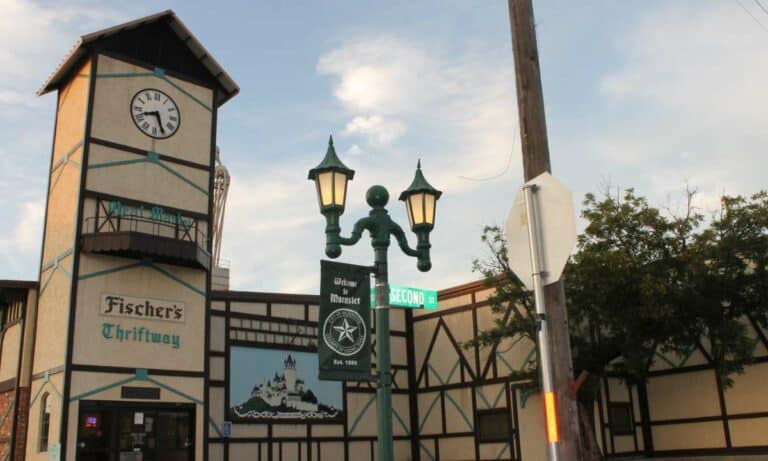Is Boston Bicycle Friendly? Helpful Guide
Originally posted on August 24, 2023 @ 11:21
If you’re wondering whether Boston, Massachusetts is a bicycle-friendly city, the answer is yes! Boston boasts a thriving and ever-expanding infrastructure that embraces and supports cyclists. With dedicated bike lanes, bike-sharing programs, and a strong cycling community, exploring the city on two wheels has never been easier or more enjoyable.
In this article, we’ll take a closer look at Boston’s bicycle-friendly infrastructure, highlighting the features that make pedaling through the city a breeze. So grab your helmet, hop on your bike, and let’s pedal our way through the streets of Boston!
NOTICE // We try our best to keep the information in this guide as up-to-date as possible. If you notice anything has changed, please leave us a comment down below.
Table of Contents
Overview of Boston’s Bicycle-Friendly Infrastructure
Boston, Massachusetts is renowned for its bicycle-friendly infrastructure, providing a safe and convenient environment for cyclists to navigate the city. With a variety of dedicated bike lanes, corridors, and boulevards, as well as extensive bicycle parking facilities and accessibility initiatives, Boston has established itself as a haven for cyclists. In addition, the city also boasts a vibrant bike share program, numerous advocacy organizations, and a range of community events and rides. With a strong focus on safety through infrastructure improvements, educational campaigns, and enforcement efforts, Boston continues to foster a welcoming environment for cyclists of all ages and skill levels.
Bicycle Lanes
One of the key features of Boston’s bicycle-friendly infrastructure is its extensive network of bike lanes. These dedicated lanes provide designated space for cyclists, improving safety and separating them from motor vehicle traffic. Boston offers a variety of bike lane types, catering to different cycling needs and abilities.
Dedicated Bicycle Lanes
Dedicated bicycle lanes are exclusively designated for cyclists, providing a safe and protected space for them to ride. These lanes are typically marked by painted lines on the road surface and are physically separated from vehicular traffic. Dedicated bicycle lanes can be found throughout the city, allowing cyclists to travel comfortably and confidently.
Shared Bicycle Lanes
Shared bicycle lanes are designed to accommodate both cyclists and motor vehicles. These lanes are marked by painted symbols and encourage cyclists and drivers to share the road. Shared bicycle lanes are commonly found on streets with lower traffic volume and lower vehicle speeds, allowing for a safer and harmonious coexistence between cyclists and motorists.
Buffered Bicycle Lanes
Buffered bicycle lanes add an additional layer of separation between cyclists and motor vehicles. These lanes typically have a painted buffer zone, often marked by diagonal lines, creating extra space that provides a buffer of safety for cyclists. Buffered bicycle lanes are particularly beneficial on streets with higher traffic volumes or where parked cars may pose a potential hazard.
Protected Bicycle Lanes
Protected bicycle lanes offer the highest level of safety for cyclists by physically separating them from motor vehicle traffic. Often achieved through the use of physical barriers, such as bollards or planters, protected bicycle lanes provide a secure space exclusively for cyclists. This separation not only increases safety but also encourages more timid or inexperienced cyclists to venture onto the roads.
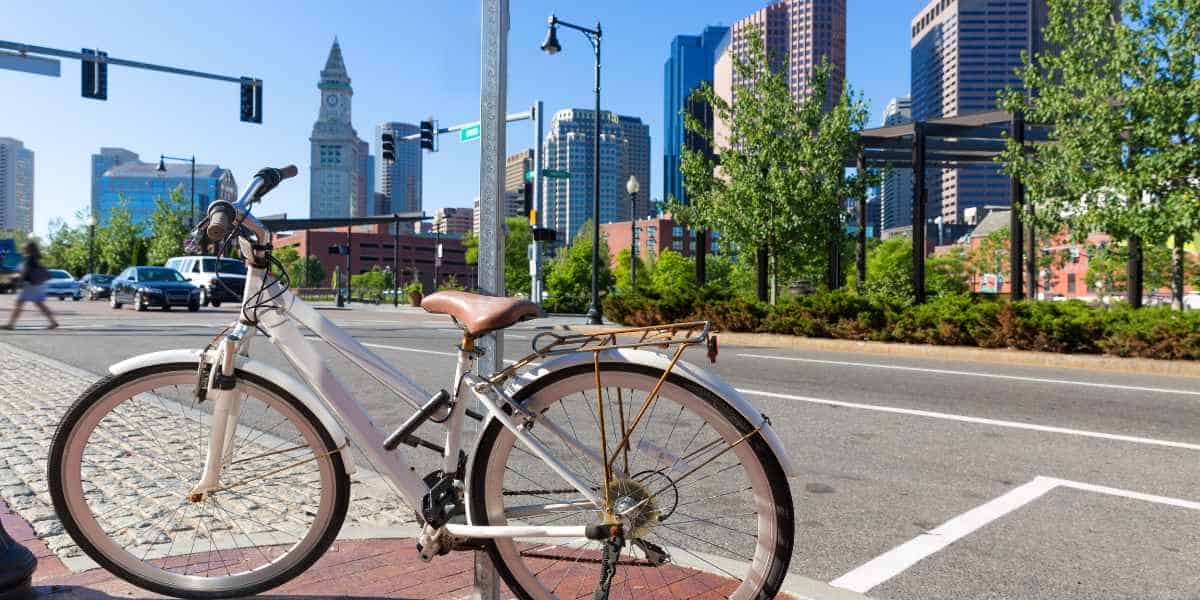
Bicycle Corridors
In addition to bike lanes, Boston also offers designated bicycle corridors that cater to specific cycling needs. These corridors consist of established routes that are ideal for commuting, recreational purposes, or enjoying scenic views.
Commuter Routes
Bicycle commuter routes are designed to provide efficient and safe options for cyclists traveling to and from work. These corridors typically connect major residential areas to employment centers, ensuring that cyclists have a direct and convenient route for their everyday commute. Commuter routes often incorporate dedicated bike lanes or wide shoulders to enhance safety and efficiency.
Recreational Routes
Boston’s recreational bicycle corridors are designed to offer cyclists a chance to explore the city’s scenic beauty while enjoying leisurely rides. These routes often run through parks, along riverfronts, or weave through green spaces, providing an opportunity for cyclists to enjoy nature and recreational activities.
Scenic Routes
For those seeking a more picturesque experience, Boston offers scenic bicycle routes that showcase the city’s most stunning landmarks and attractions. These routes showcase historical sites, architectural marvels, waterfront views, and other scenic points of interest, allowing cyclists to soak in the unique charm and character of Boston.
Bicycle Boulevards
bicycle boulevards are another notable feature of Boston’s bicycle-friendly infrastructure. These roadways prioritize bicycle traffic over motor vehicle traffic, creating a comfortable and safe environment for cyclists. Designed to reduce motor vehicle speeds and enhance cyclist visibility, bicycle boulevards play a crucial role in promoting a bicycle-friendly culture.
Definition and Purpose
Bicycle boulevards are streets that have been modified to prioritize bicycle travel while maintaining accessibility for local residents and businesses. These streets often feature reduced speed limits, traffic calming measures, and enhanced cycling infrastructure, making them ideal for both commuting and leisure riding. The primary purpose of bicycle boulevards is to create low-stress routes that encourage more people to choose cycling as a viable transportation option.
Design Features
Bicycle boulevards incorporate several design features to enhance cyclist safety and comfort. These features can include dedicated bike lanes, traffic signal improvements, bike-friendly intersections, signage, and pavement markings. Additionally, traffic calming measures such as speed humps, narrowed lanes, and roundabouts help create a calmer and more inviting environment for cyclists.
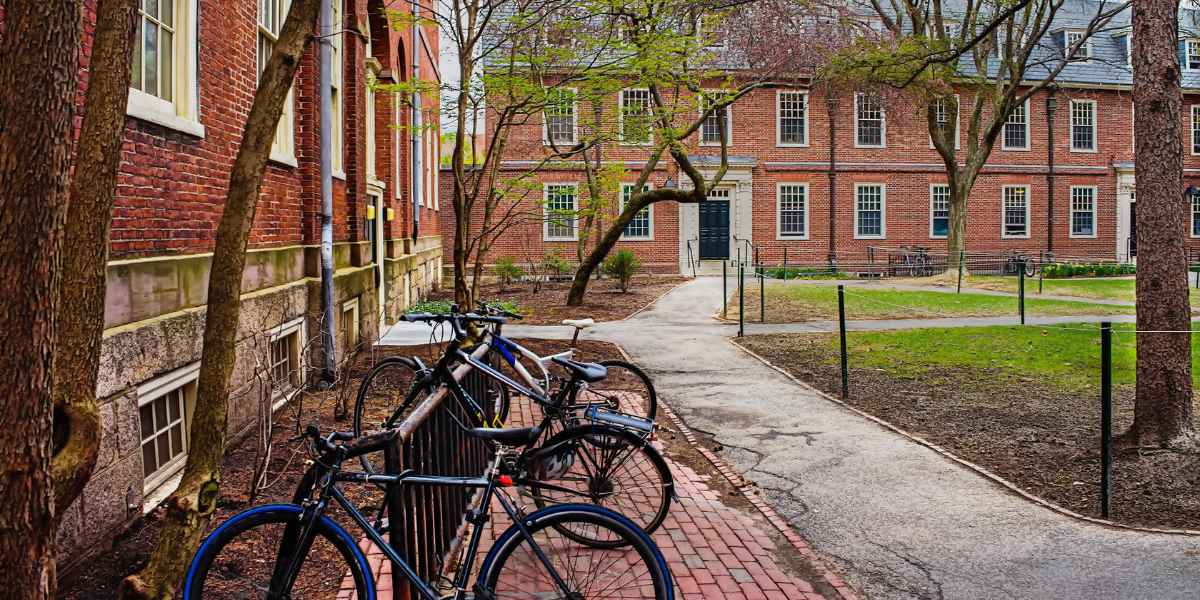
Examples in Boston
One notable example of a bicycle boulevard in Boston is the South Street Greenway. This route connects Boston’s South End to the Waterfront, offering cyclists a safe and scenic path through several neighborhoods. The South Street Greenway includes dedicated bicycle lanes, traffic signals timed to favor cyclists and other infrastructure enhancements, allowing cyclists to navigate the city smoothly and confidently.
Bike-Friendly Streets
Boston’s bike-friendly streets are designed with the needs and safety of cyclists in mind. These streets prioritize the comfort and convenience of cyclists while maintaining accessibility for motor vehicles. Through the implementation of various design elements and traffic calming measures, bike-friendly streets provide a relaxed and enjoyable cycling experience.
Implementation and Design
Bike-friendly streets are typically characterized by design elements that enhance cyclist safety and comfort. These can include wider bike lanes, dedicated cycle tracks, and separated bike paths. In addition, traffic signal improvements, signage, and pavement markings are used to ensure the visibility of cyclists and promote their integration into the surrounding traffic flow.
Traffic Calming Measures
Traffic calming measures play a vital role in creating bike-friendly streets. By reducing vehicle speeds and enhancing safety, these measures create a more welcoming environment for cyclists. Common traffic calming methods include speed humps, raised crosswalks, curb extensions, and roundabouts. These elements not only enhance cyclist safety but also encourage motorists to drive at appropriate speeds, reducing the perceived risk for cyclists.
Shared Space Concepts
Shared space concepts are also implemented in bike-friendly street design, blurring the traditional boundaries between pedestrians, cyclists, and motorists. By removing or minimizing physical barriers, these concepts create a sense of shared responsibility and encourage more cautious and considerate behavior from road users. Shared space designs often incorporate visually distinct materials, landscaping, and other features that promote a cooperative and inclusive environment for all users.
Bicycle Parking Facilities
To further enhance the convenience and accessibility of cycling in Boston, the city has established numerous bicycle parking facilities. These facilities provide cyclists with secure and convenient locations to park their bikes, ensuring peace of mind while exploring the city or conducting daily activities.
Bike Racks
Bike racks are the most common bicycle parking facility found throughout Boston. They can be spotted near popular destinations such as public transport stations, shopping centers, parks, and office buildings. Bike racks are designed to securely hold bicycles in an upright position, allowing cyclists to lock their bikes in place. By providing ample parking options, these racks help alleviate concerns about bicycle theft and provide peace of mind to cyclists.
Bike Corrals
Bike corrals are larger-scale parking facilities that can accommodate multiple bicycles simultaneously. They are typically installed on urban streets in areas with high demand for bicycle parking. Bike corrals are an effective use of space, allowing a large number of cyclists to park their bikes in a compact and organized manner. These facilities often replace on-street parking spaces or utilize underutilized areas, displaying the city’s commitment to promoting sustainable transportation options.
Bike Storage Areas
For individuals living in multi-unit residential buildings, bike storage areas are essential components of a bicycle-friendly infrastructure. These areas provide secure, indoor spaces for residents to store their bicycles. Bike storage facilities can range from individual lockers or cages to dedicated rooms or entire floors within apartment complexes or condominiums. By offering convenient and protected bike storage options, these facilities encourage residents to choose cycling as a viable transportation method.
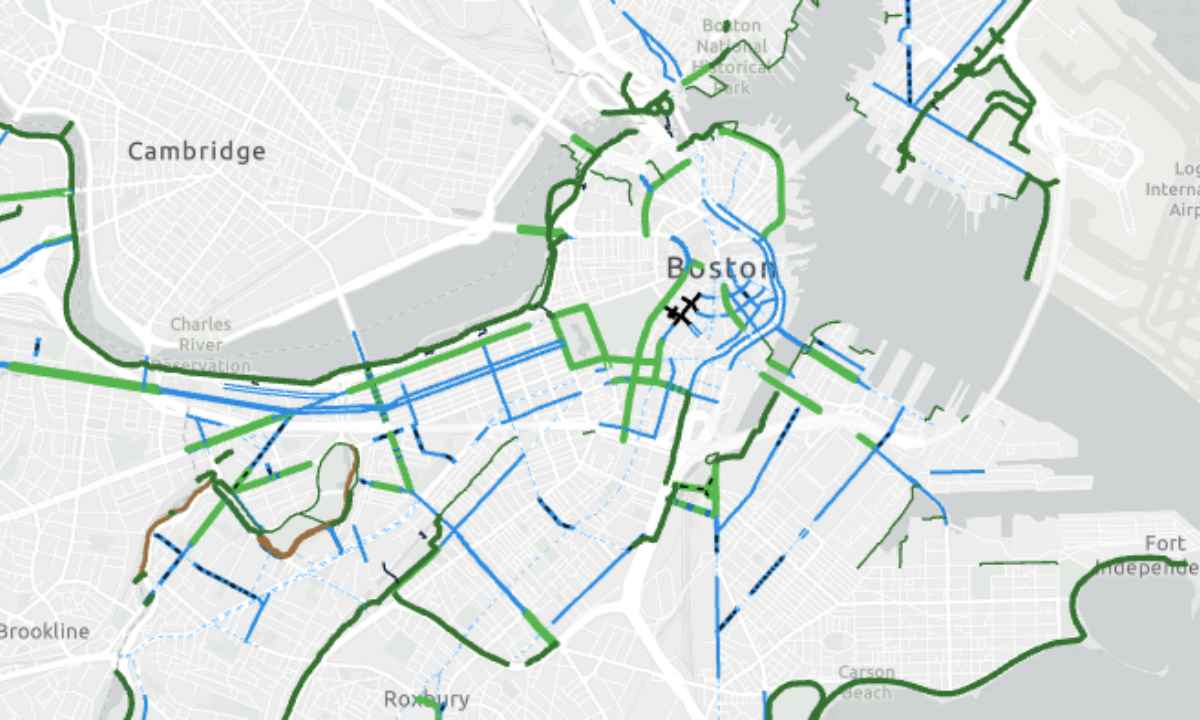
Bicycle Accessibility
Boston is committed to ensuring that cycling is accessible to all members of the community. To achieve this goal, the city has implemented various initiatives to improve bicycle accessibility, including integration with public transportation and bike-sharing programs.
Bicycle Accessibility in Public Transportation
Integrating bicycles with public transportation is an effective way to enhance bicycle accessibility. Boston’s public transportation system, including the subway (known as the “T”), buses, and commuter rail, allows cyclists to bring their bikes on board during off-peak hours. This integration provides cyclists with the flexibility to combine cycling with public transportation, extending their range and making it more convenient to reach their destinations.
Integration with Bike-Sharing Programs
Boston’s bike-sharing program, known as Bluebikes, is a cornerstone of the city’s bicycle accessibility initiatives. Bluebikes offers an extensive network of bike-sharing stations throughout the city, providing residents and visitors with a convenient option for short trips or last-mile connections. The integration of bike-sharing with public transportation allows individuals to easily transition between modes of transportation, ensuring a seamless and accessible cycling experience.
Bike Share Programs
Boston’s bike share program, Bluebikes, offers an affordable and convenient transportation option for residents and visitors alike. With a robust network of bike-sharing stations scattered across the city, Bluebikes has become an integral part of Boston’s bicycle-friendly infrastructure.
Overview of Boston’s Bike Share Program
Bluebikes features thousands of bicycles that can be rented from and returned to any of the numerous bike-sharing stations located throughout the city. The program allows users to access bicycles conveniently and enjoy unlimited short-term rides during the rental period. With simple and user-friendly pricing options, Bluebikes makes cycling accessible to all, whether for daily commuting, sightseeing, or leisurely rides.
Benefits and Challenges
The implementation of a bike share program offers several benefits to both individuals and the community as a whole. Bike sharing promotes sustainable transportation options, reduces traffic congestion, and improves air quality. It also provides individuals with a cost-effective and convenient means of transportation without the need for personal bike ownership. However, challenges such as maintaining bike availability, ensuring proper maintenance, and addressing issues related to bike distribution and station locations must be addressed to ensure the program’s success.
Usage Statistics
The popularity of Boston’s bike share program is evident from the significant usage statistics. Each year, thousands of residents and visitors take advantage of Bluebikes to explore the city, embrace active transportation, and experience the benefits of cycling firsthand. The usage statistics also play a vital role in evaluating the success and further development of the bike share program, allowing policymakers and city authorities to make informed decisions and enhancements based on user demand.
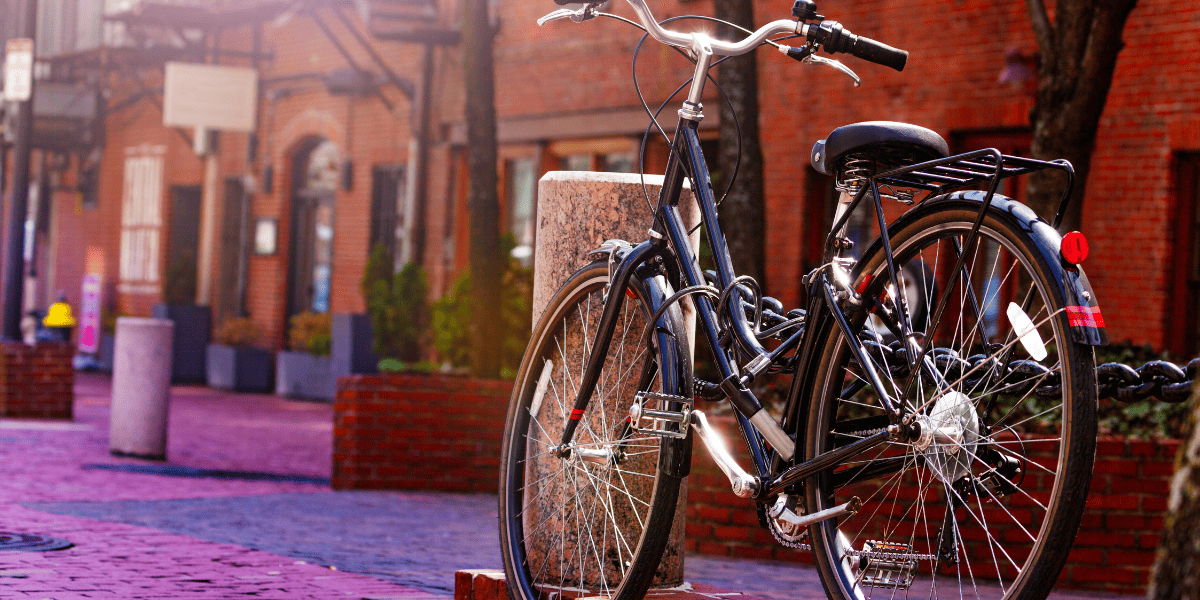
Bicycle Advocacy Organizations
Bicycle advocacy organizations play a crucial role in shaping and improving Boston’s bicycle-friendly infrastructure. These organizations work tirelessly to promote cycling as a safe and accessible means of transportation, advocating for the needs and rights of cyclists throughout the city.
Prominent Bike Advocacy Groups
Boston is home to several prominent bicycle advocacy groups that champion the cause of cyclists. Organizations such as the Boston Cyclists Union, MassBike, and LivableStreets Alliance actively work towards improving cycling conditions, promoting policy changes, and organizing community events. Through their advocacy efforts, these groups strive to create a more bicycle-friendly environment and ensure the inclusion of cycling in transportation planning.
Their Role and Initiatives
Bicycle advocacy organizations in Boston play a critical role in voicing the concerns and needs of cyclists to city officials and policymakers. They actively engage in initiatives to improve cycling infrastructure, promote educational campaigns, and lobby for policy changes that benefit cyclists. These organizations also play a pivotal role in organizing community events, rides, and workshops, fostering a sense of unity and camaraderie among Boston’s cycling community.
Community Events and Rides
Boston’s bicycle-friendly culture is further amplified by the variety of community events and rides held throughout the year. These events bring cyclists together, provide opportunities for recreational activities, and promote the benefits of cycling to the wider community.
Safety Initiatives
Ensuring the safety of cyclists is a top priority for Boston’s bicycle-friendly infrastructure. The city has implemented various safety initiatives, ranging from infrastructure improvements to educational campaigns and enforcement efforts.
Infrastructure Improvements
Infrastructure improvements are a crucial component of Boston’s safety initiatives. The city continually evaluates and enhances its cycling infrastructure, taking into account feedback from cyclists and safety experts. Investments in improved signage, pavement markings, and dedicated cycling facilities are made to create a safer and more cohesive transportation network.
Educational Campaigns
Educational campaigns play a vital role in educating both cyclists and motorists about safe cycling practices and road sharing. Boston regularly conducts public awareness programs, distributing educational materials, and organizing workshops that focus on promoting safe cycling behavior. By fostering a culture of mutual respect and understanding between road users, these campaigns contribute to a safer cycling environment.
Enforcement Efforts
Enforcement of traffic laws is crucial to ensure the safety of cyclists. Boston’s law enforcement agencies actively work to enforce traffic regulations, including those related to cycling. By strictly enforcing traffic laws, particularly those pertaining to bicycle safety, the city aims to deter hazardous behavior and promote responsible cycling and driving practices.
In conclusion, Boston’s bicycle-friendly infrastructure is a testament to the city’s commitment to sustainable transportation and fostering a culture that prioritizes the safety and accessibility of cyclists. Through an extensive network of bike lanes, corridors, and boulevards, as well as ample parking facilities, bicycle accessibility initiatives, and a vibrant bike share program, Boston has created an environment that encourages and facilitates cycling. With the tireless efforts of advocacy organizations, a range of community events, and a dedicated focus on safety through infrastructure improvements, educational campaigns, and enforcement efforts, Boston continues to be a model city for promoting and supporting a thriving cycling community.



